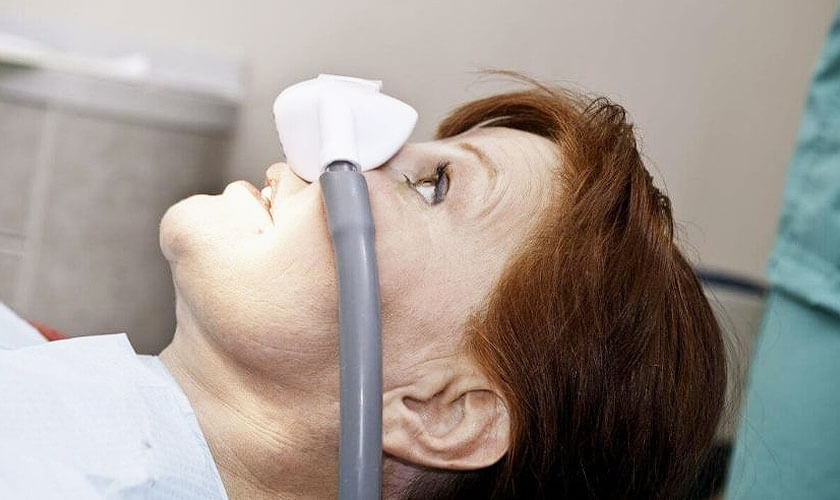
Helping People with Special Requirements with Dental Sedation
Going to the dentist may not always be possible if you look after someone who has a disability. As someone who has a disability, this might make you feel this way, too. It can be challenging for someone with a disability to stay still at a dental appointment, follow directions, or deal with any fears or anxiety they might have about the visit. A dental sedative can help people who have special needs get the dental care they need in a safe way for everyone.
Not sure if it will help you or your family members. Here’s what you need to know about different ways to get a good night’s sleep
Laughing Gas
The most common type of dental sedation is nitrous oxide, also known as laughing gas. It has a calming effect that makes people feel happy or a little woozy. It has a calming effect on both the body and the mind.Dentists often give people who are afraid of the dentist or have a low tolerance for pain nitrous oxide to help them relax. Use it on people of all ages. You don’t have to worry about your appointment if you choose to laugh gas. It’s true, though, that for someone to get nitrous oxide, they have to breathe through a face mask.
Other choices may be necessary for those who are unable to understand or endure wearing a mask. You may want to look into other options if wearing a mask causes you stress.
People with oral sedation
Oral sedation means taking a prescribed sedative drug by mouth. There are many different types of sedatives, and each one has a different range of effects. There are two types: one may calm a patient, while the other may put the patient to sleep. Oral sedatives are great for people with disabilities who have trouble following directions or staying still. You can open up your mouth while you’re sedated, making it easier for a dentist to do the job. When someone takes an oral sedative, their memory is cut off, so they won’t remember going to the dentist or having surgery.
Your dentist will look at your medical history before giving you oral sedation. They will figure out what kind of medicine is safest for you or if there is a better way to get the job done. Some people aren’t good candidates for oral sedation because they already have medical problems or have been given medicine.
IV sedation Process
IV sedation has the same general effect as oral sedation. However, unlike oral sedation, IV sedation lets a dentist give a steady dose of the sedative. This is needed when the patient might need a lot of dental work and be calm for a long time. IV sedation is significant for people who can’t stay still or keep their movements under control. These are some people who might also use this kind of sedation. The IV drug makes the patient calm so the dental team can safely finish along with many or complicated dental procedures at the same time.
Patients need to bring someone who can drive them home and get instructions after the procedure. Both oral and IV sedation require that this happen. If you have a disability and lead an independent life, keep this in mind when scheduling your procedure.
Uses of General Anesthesia
General anesthesia, which isn’t used very often, may be given to people with special needs. That option comes with a lot more risk than the other ones. General anesthesia makes a person fall asleep.This type of sedation is usually used when someone can’t sit up, doesn’t like other types of sedation, or has a disability and needs a lot of dental work.
This type of sedation is not recommended lightly, and it needs a medical team to keep an eye on the patient during the procedure. A lot of the time, it’s only found in a hospital.
The dentist in McKinney who can give you or your loved one dental sedation might be able to help. Every patient is checked out to find the best sedation option for them. At Red Oak Family Dentistry, we ensure that everyone gets the best dental sedation they need. Call us today at Red Oaks Family Dentistry to set up an appointment.
